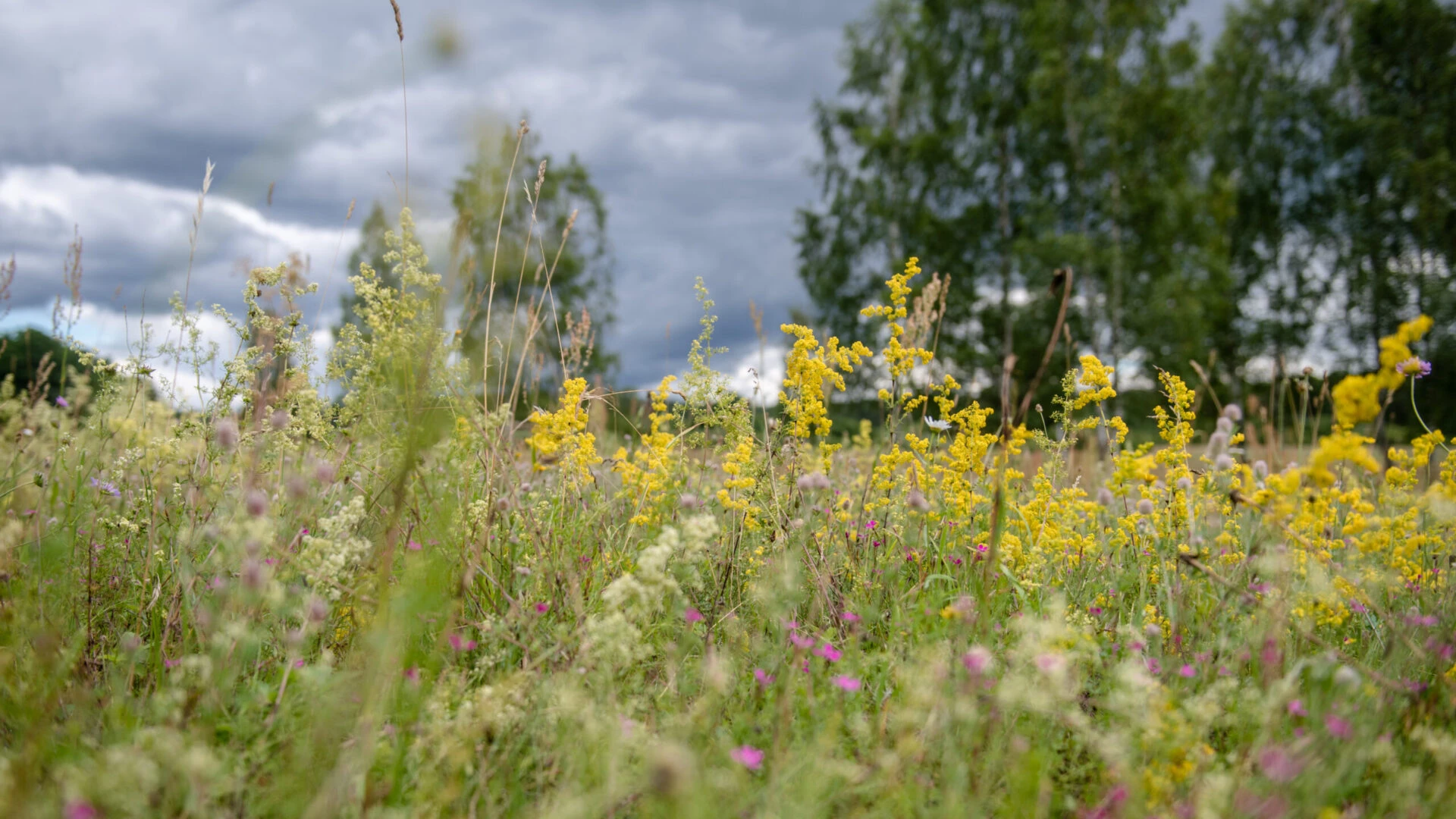
Who we are
The Latvian Fund for Nature (LFN) is one of the most experienced and largest non-governmental nature conservation organizations in Latvia, dedicated to preserving Latvian nature for over 30 years. Our primary focus is on practical nature conservation, and we are also actively involved in shaping environmental policy and advocating for the interests of nature – interests that affect us all.
We advocate for the preservation of biodiversity across forests, countryside landscape, coasts, bogs, and freshwater environments, also on farms, in backyards, or in urban areas. The conservation of natural diversity is crucial to our survival, and in the face of the current nature and climate crisis, it is more important than ever. Therefore, it is essential for farmers, foresters, politicians, and all individuals to consider and act on this issue.
Our focus is on protected species and habitats that are currently endangered in Latvia. We also engage in the planning and management of specially protected natural areas.
Restoring nature can be a key response to the climate crisis, so we also emphasize nature-based solutions for mitigating climate change.
Throughout its history, LFN has successfully implemented over 150 projects focused on nature and environmental conservation. This includes securing more than EUR 20 million in funding from various European Union financial instruments for nature conservation in Latvia. In addition to managing 20 ambitious LIFE program projects, LFN has carried out numerous other initiatives dedicated to preserving natural values and enhancing environmental protection.
Our team comprises experienced nature conservation professionals, biologists, geographers, and environmental and political scientists.
Short history of the LFN

In January 1990, Latvia’s leading nature protection specialists established a public organization initially named the Fund of Gandrs, which was later renamed the Fund for Latvian Nature and subsequently the Latvian Fund for Nature. The organization’s purpose was to protect species and habitats by securing project funding and donations.
LFN’s work has spanned across all of Latvia, encompassing both specially protected natural areas and other regions. Notably, LFN has contributed to the establishment of the Lake Engure Nature Park and Pape Nature Park, as well as the restoration of their habitats. The organization has made significant contributions to the protected landscape area “Ziemeļgauja”, the nature park “Dviete floodplain”, the Abava Valley, the Lielupe floodland meadows, and the bog – Cenas tīrelis. LFN has also played a role in the creation of the Ķemeri National Park and was involved in the development of the Gauja National Park – areas that are now popular recreational destinations.
In its early years during the 1990s, LFN primarily focused on projects aimed at preserving specific specially protected species, with one of its first initiatives being “The Black Stork” project. As the field of nature conservation evolved, LFN’s projects grew more complex and began to encompass a broader range of ecosystems. By the early 2000s, a major focus of LFN’s efforts was the establishment of the European Union’s Natura 2000 network. Additionally, LFN’s experts in species and habitats played a key role in implementing nature directives in Latvia, developing habitat classification methodologies, conducting habitat inventories, and monitoring species and habitats within protected areas.
“In 2001, the Latvian Fund for Nature launched the first EU LIFE Nature program project in Latvia, focusing on the restoration of coastal meadows and lake habitats at Lake Engure. The project included training local nature guides, organizing clean-ups, and establishing tourism infrastructure. Thanks to the LIFE program funds, Engure has become a renowned nature tourism destination, contributing to the local economy. We take great pride in projects like these that continue to thrive beyond their completion, driving further development and sustainability.”
Through its nature conservation efforts across various regions of Latvia, LFN has restored over 5,000 hectares of diverse natural grassland habitats, including those for the corncrake (Crex crex), the the Great bittern (Botaurus stellaris), and the aquatic warbler (Acrocephalus paludicola). The LFN will pay special attention to studying and protecting the white-tailed eagle (Haliaeetus albicilla), the osprey (Pandion haliaetus), and the lesser spotted eagle (Clanga pomarina) by creating artificial nests. As part of the “Eagles Across Borders” project, LFN launched the now-popular live broadcasts from the nests of protected birds. What began in 2011 with just two cameras has evolved into a widely recognized reality show that reaches audiences beyond Latvia.
LFN management
The main governing body of LFN is currently the Members’ Meeting.
“Anyone, including the Fund’s founder, a supporter, or any other capable individual, can become a member by contributing at least the minimum target fee set by the Council, endorsing the Fund’s Statutes, and formally expressing their desire to participate in the Members’ Meeting by completing the membership questionnaire. New members are admitted by the Council according to the procedures outlined in the Rules of Procedure of the Members’ Meeting” (Article 6.5 of the Statute).
The Members’ Meeting elects a six-person Council. The Council’s role is to oversee the operations of the Latvian Fund for Nature and ensure the implementation of its strategy. Both Council members and the chairperson perform their duties on a voluntary basis. The Council appoints a director responsible for managing the day-to-day work processes. The LFN currently employs more than 20 professionals from various fields.
Statutes of the Latvian Fund for Nature (in Latvian)
